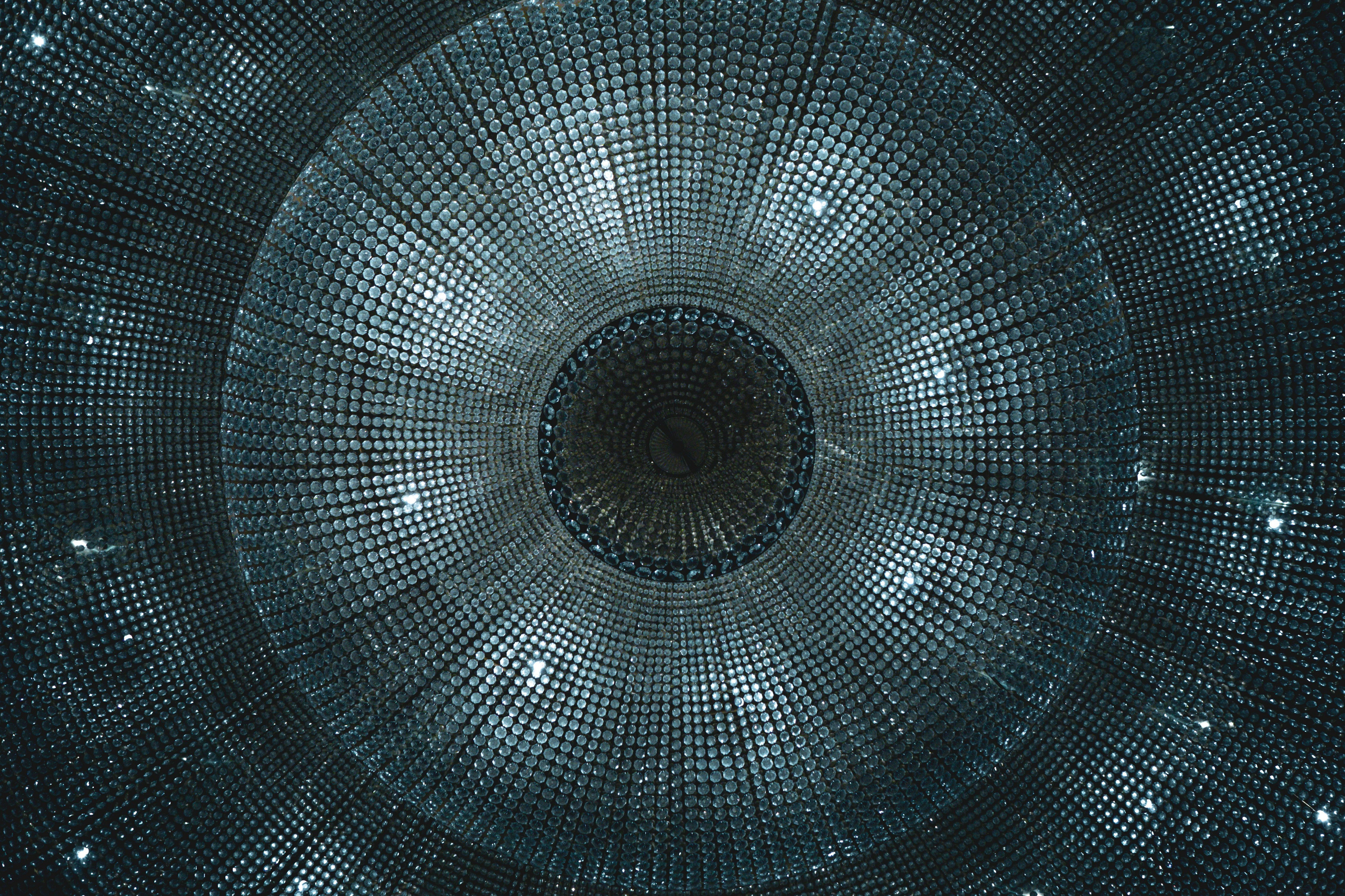
Computer vision is a multidisciplinary domain that empowers computers to derive an advanced understanding from digital images or videos. It encompasses techniques for capturing, processing, examining, and comprehending digital images to generate numerical or symbolic data. Tasks within the realm of computer vision include automated image examination, scene rebuilding, object identification, activity acknowledgment, among others. This field plays a pivotal role in artificial intelligence by enabling computers to ‘see,’ monitor, and comprehend visual inputs in a manner akin to human vision. Its applications span across various sectors including autonomous vehicles, healthcare, manufacturing, and entertainment industries. Computer vision leverages technologies like deep learning and convolutional neural networks for the analysis and interpretation of visual information.
Computer vision, a branch of artificial intelligence, employs machine learning and deep learning to interpret objects in images and videos in a manner akin to human sight. It finds varied uses across sectors such as healthcare, retail, manufacturing, transportation, agriculture among others. Here are some noteworthy examples where computer vision is put into action:
Healthcare:
- Analysis of Medical Images: Computer vision systems have the capability to scrutinize medical imagery like x-rays, CT scans, and MRIs to pinpoint irregularities such as tumors and blood clots with remarkable precision.
- Detection of Cancer: The detection of skin cancers and the analysis of mammograms for identifying breast cancer are significantly aided by computer vision.
Retail:
- Management of Inventory: Cameras enabled with computer vision can keep track of store shelves, products, inventory quantities, customer movements for superior management and prevention of theft.
- Stores without Cashiers: The use of computer vision technology in automating retail stores allows for operations without cashiers and enhanced safety protocols.
Manufacturing:
- Control of Quality: Quality control processes are automated by computer vision systems which offer greater speed and accuracy than manual methods.
- Automation of Facilities: Computer vision is employed for automating tasks like assembly of product parts and monitoring worker safety in manufacturing settings.
Transportation:
- Vehicles that are Autonomous: For autonomous vehicles to function efficiently by analyzing road conditions and optimizing traffic flow, computer vision is indispensable.
These examples merely scratch the surface on how various industries are being revolutionized by computer vision through enhancing efficiency, accuracy, and safety via automated visual interpretation. The global market for computer vision is expected to witness substantial growth in the forthcoming years which signifies its escalating importance across domains.

